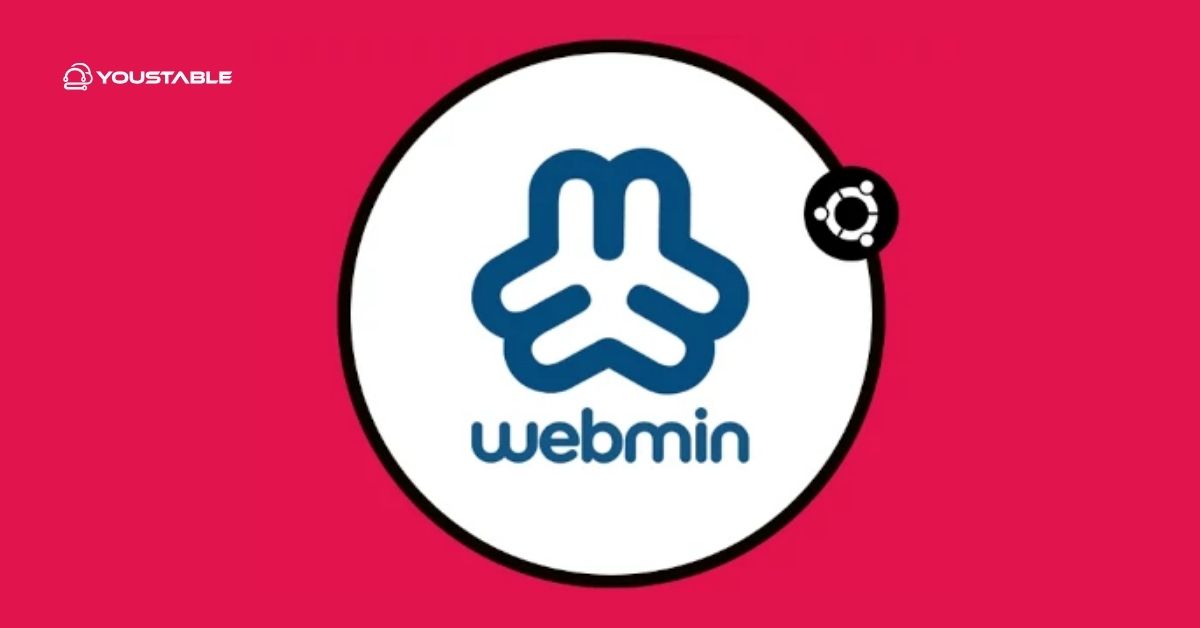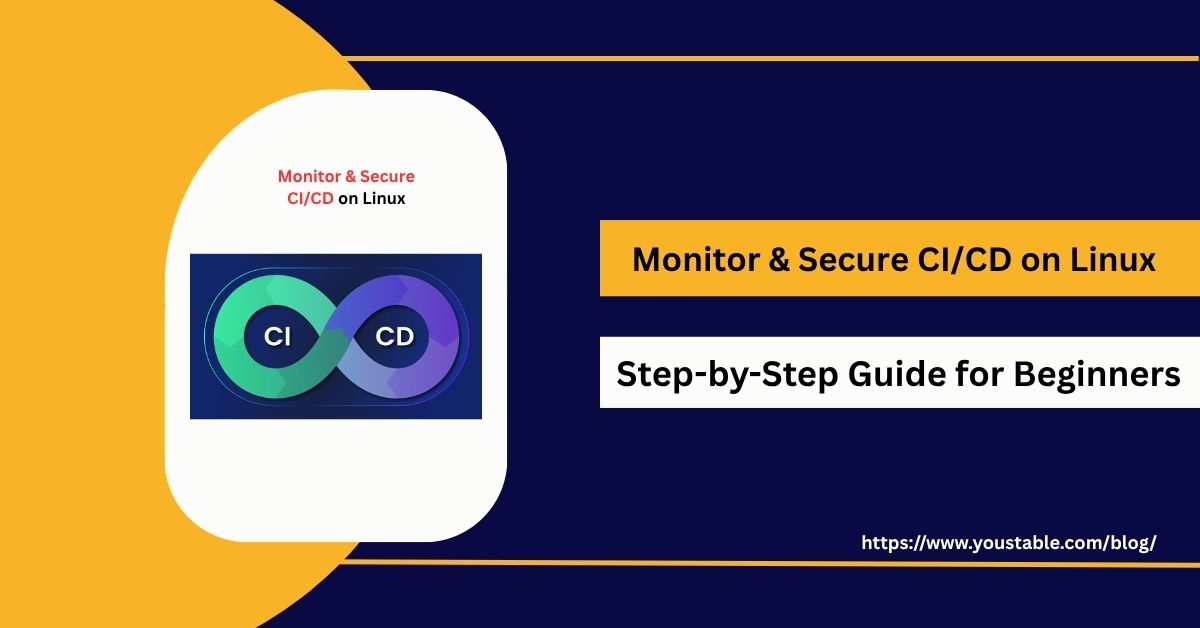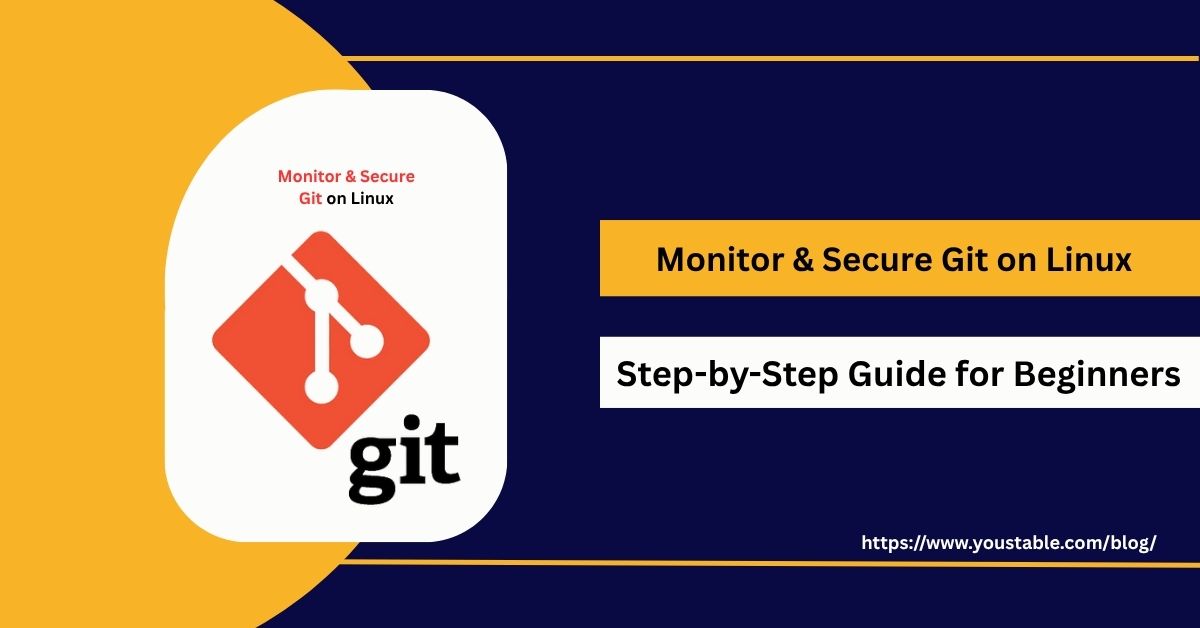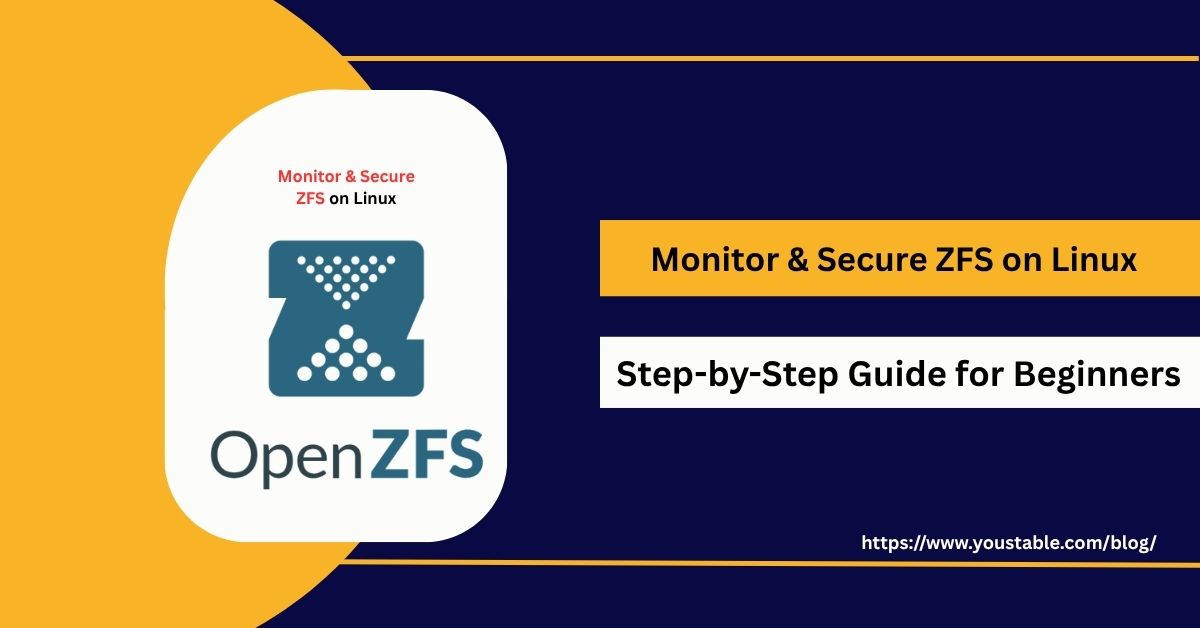Webmin is a popular web-based system administration tool for Linux, allowing administrators to manage users, services, and configurations through a browser interface. While Webmin simplifies management, an unsecured setup can expose servers to unauthorized access, data breaches, or configuration changes. To maintain a secure environment, it is crucial to monitor and secure Webmin on Linux.

Securing Webmin involves configuring access controls, enforcing SSL encryption, monitoring logs, restricting user privileges, and following best practices. Administrators must combine proactive monitoring, automated policies, and strict configurations to safeguard Linux servers while maintaining convenient remote management. This guide outlines step-by-step strategies for securing Webmin effectively.
Why Securing Webmin on Linux is Crucial?
Webmin provides high-level administrative access to Linux systems. If compromised, attackers can modify configurations, access sensitive data, or disrupt services.
Implementing proper security ensures only authorized users access Webmin, encrypted connections protect credentials, and suspicious activity is monitored. Following best practices for secure Webmin on Linux maintains system integrity, prevents unauthorized access, and ensures reliable server administration.
Step 1: Keep the Linux System and Webmin Updated
Regular updates patch vulnerabilities in Webmin and the underlying Linux OS, reducing the risk of exploits.
- Update Webmin:
sudo apt update && sudo apt upgrade webmin -y- Update Linux packages:
sudo apt upgrade -y
sudo yum update -y- Enable automatic updates where possible.
Up-to-date software ensures stable and secure administration through Webmin.
Step 2: Enforce HTTPS/SSL for Webmin
Encrypting Webmin connections protects credentials and sensitive data.
- Enable SSL in Webmin:
sudo /usr/share/webmin/miniserv.pl -ssl- Use valid SSL certificates from Let’s Encrypt or other trusted sources.
- Disable HTTP to force HTTPS connections.
SSL encryption prevents eavesdropping and man-in-the-middle attacks.
Step 3: Restrict Access by IP
Limiting access to trusted IP addresses reduces exposure to unauthorized users.
- Configure access control in
/etc/webmin/miniserv.conf:
allow=192.168.1.50,192.168.1.51
deny=all- Combine with firewall rules to restrict external access.
IP restriction minimizes attack surfaces and strengthens server security.
Step 4: Use Strong Passwords and Two-Factor Authentication
Securing accounts ensures only authorized users can log in.
- Use complex, unique passwords for all Webmin users.
- Enable two-factor authentication (TOTP) in Webmin.
- Regularly rotate passwords and remove inactive accounts.
Strong credentials prevent brute-force attacks and unauthorized logins.
Step 5: Enable Logging and Monitor Activities
Monitoring Webmin logs helps detect suspicious activity or misconfigurations.
- Logs are located at
/var/webmin/miniserv.log - Enable detailed logging for administrative actions.
- Integrate with monitoring tools like Nagios, Zabbix, or ELK Stack for real-time alerts.
Timely monitoring ensures a quick response to potential security threats.
Step 6: Limit User Privileges
Grant only necessary permissions to each Webmin user to follow the principle of least privilege.
- Configure user roles carefully for administrative tasks.
- Avoid granting root access unless required.
- Restrict access to sensitive modules or services.
Least privilege reduces the impact of compromised accounts.
Step 7: Backup Configurations and Automate Security Checks
Automation ensures Webmin configurations and security policies remain consistent and recoverable.
- Backup Webmin configuration:
cp -r /etc/webmin /backup/webmin/- Schedule regular backups and integrity checks via cron jobs.
- Automate alerts for unauthorized changes.
Automated backups and monitoring reduce human error and maintain secure administration.
Step 8: Apply Best Practices to Secure Webmin on Linux
Following best practices ensures Webmin remains secure and reliable.
- Keep Linux and Webmin updated.
- Enforce SSL/HTTPS connections.
- Restrict access to trusted IPs.
- Use strong passwords and enable two-factor authentication.
- Enable logging and monitor activities.
- Limit user privileges.
- Automate backups and security checks.
Applying these practices maintains secure, convenient, and reliable remote management.
Conclusion
Webmin simplifies Linux server administration but can be a potential security risk if misconfigured. By updating software, enforcing SSL, restricting IPs, using strong authentication, monitoring logs, limiting privileges, and following best practices, administrators can secure Webmin on Linux effectively.
A layered security approach ensures safe remote administration, prevents unauthorized access, mitigates attacks, and maintains server integrity and reliability.


